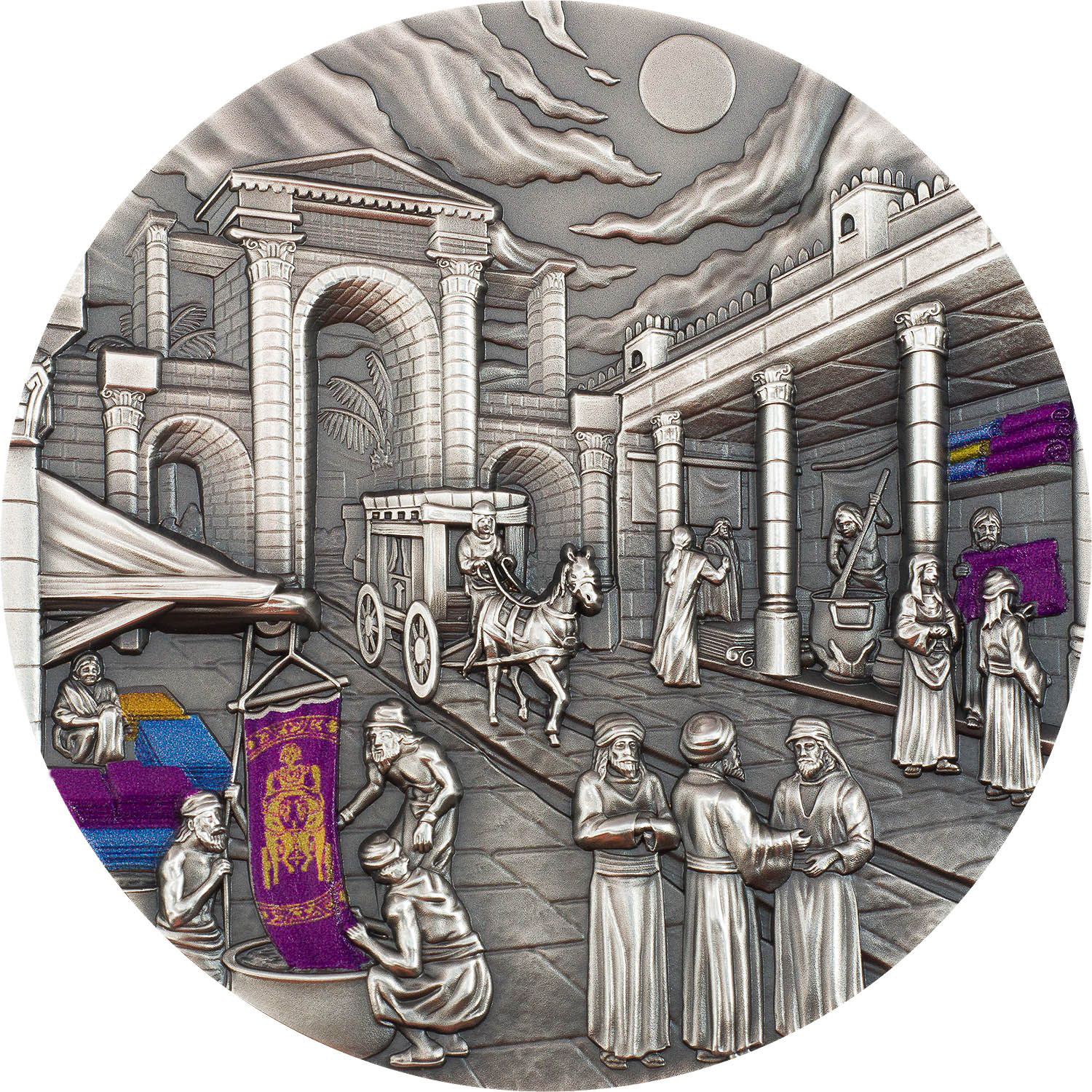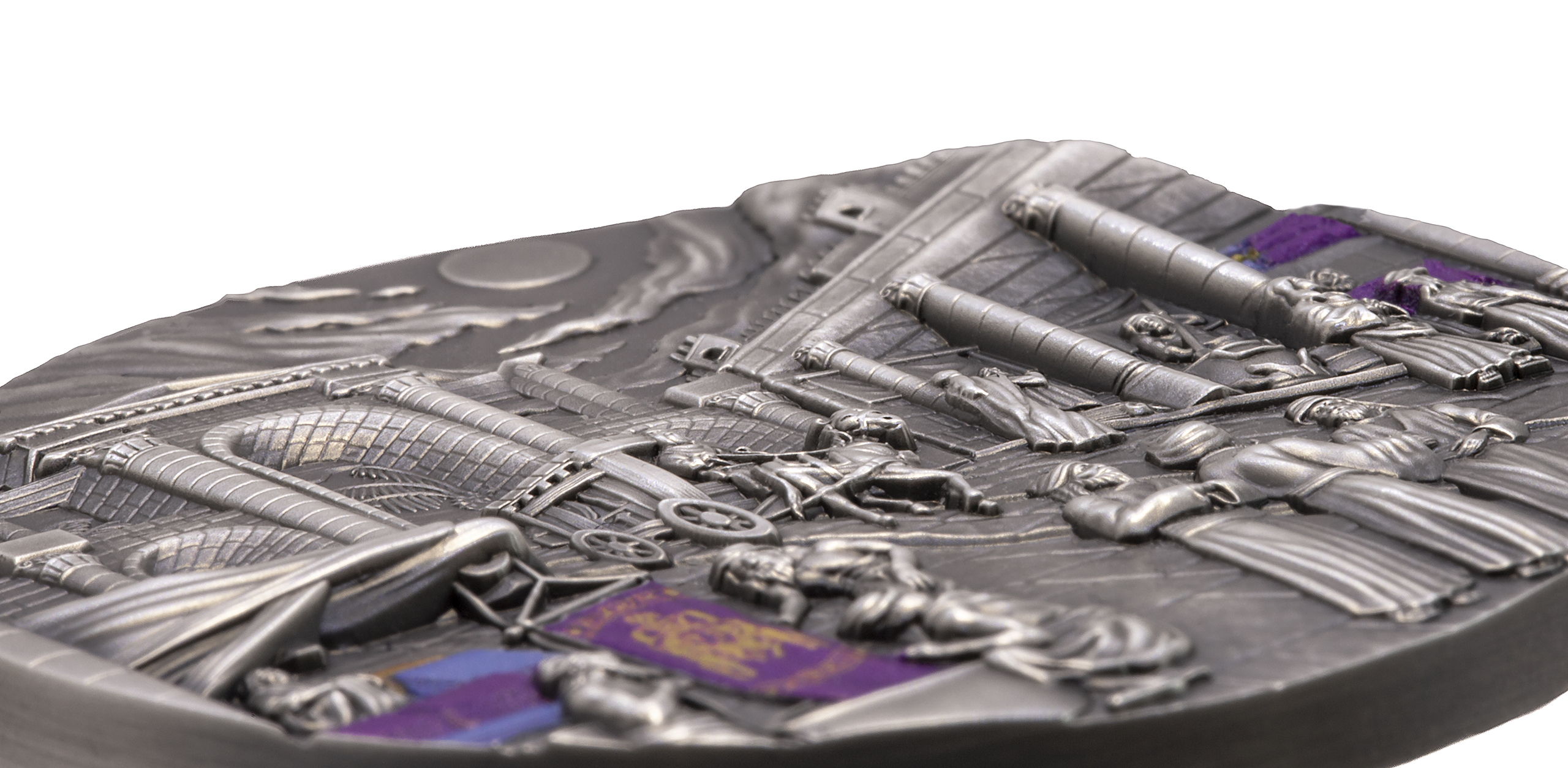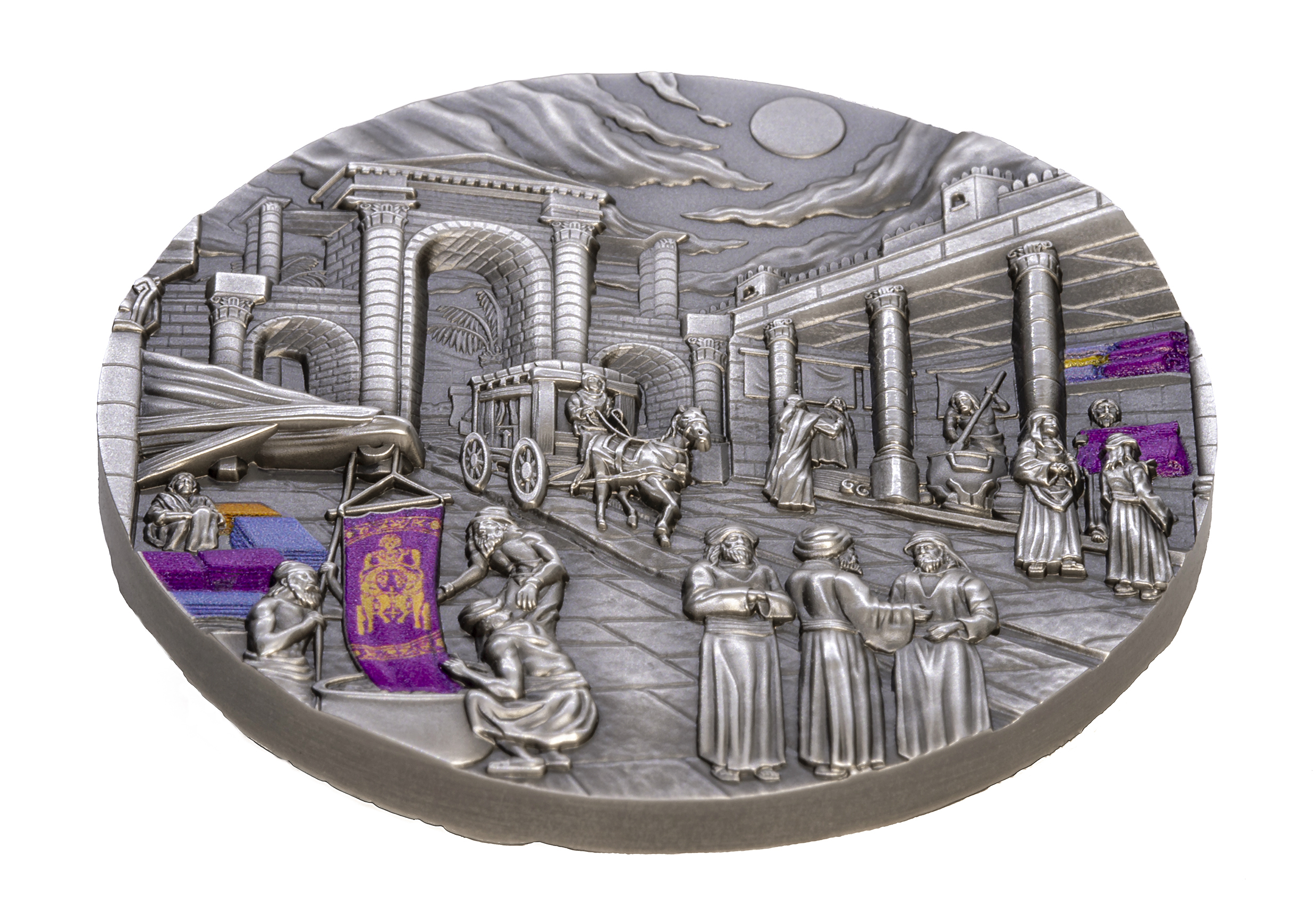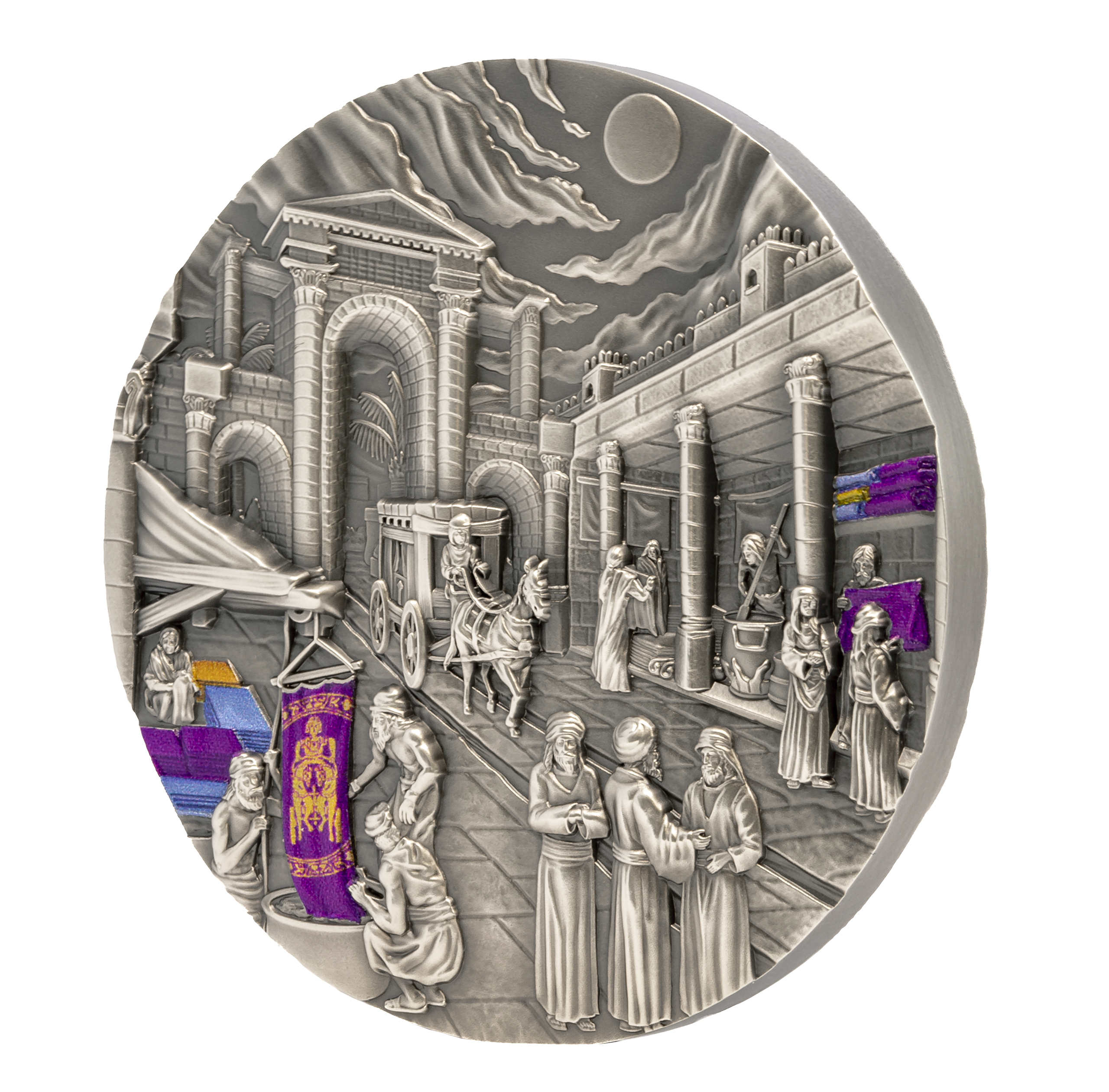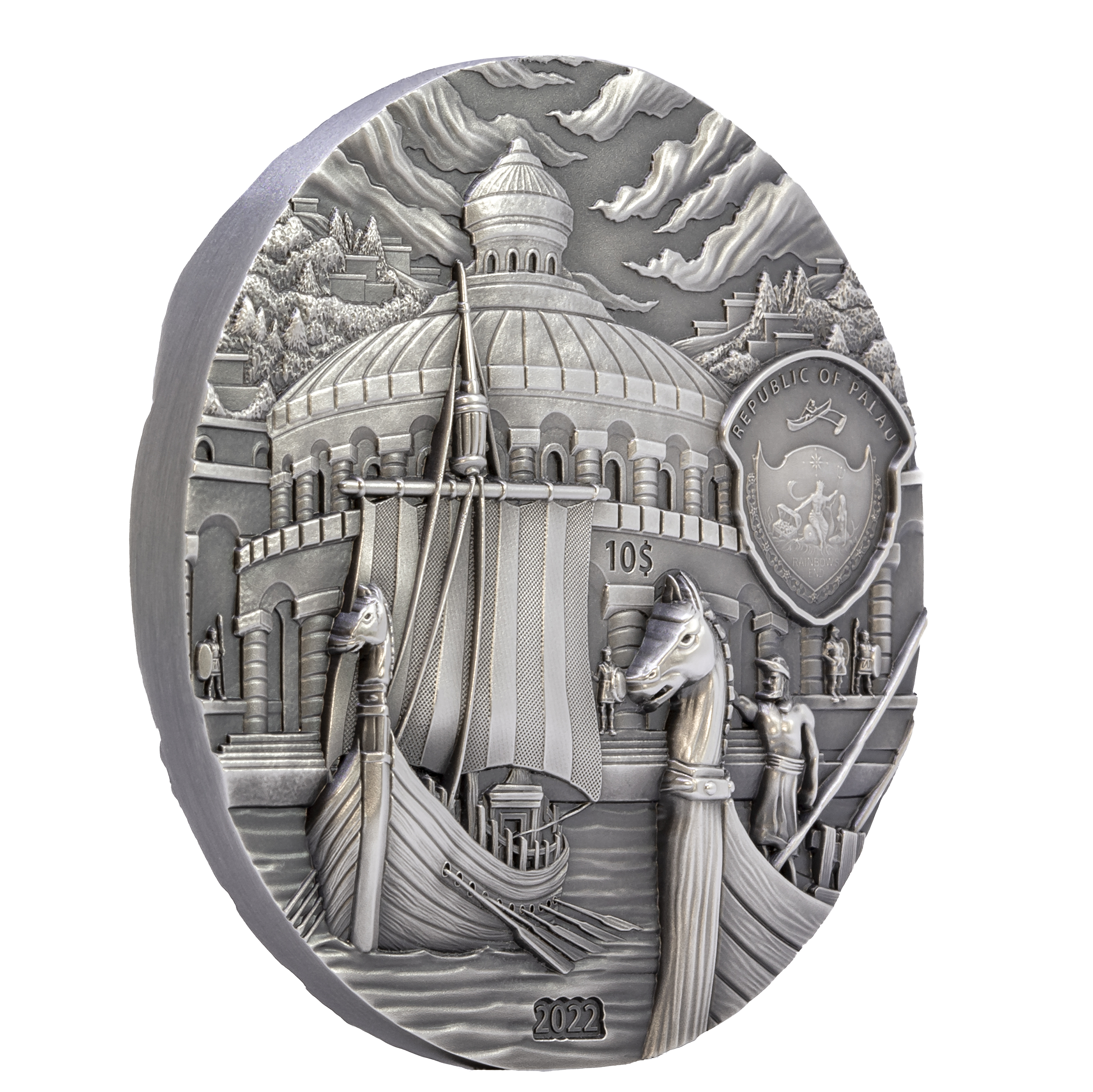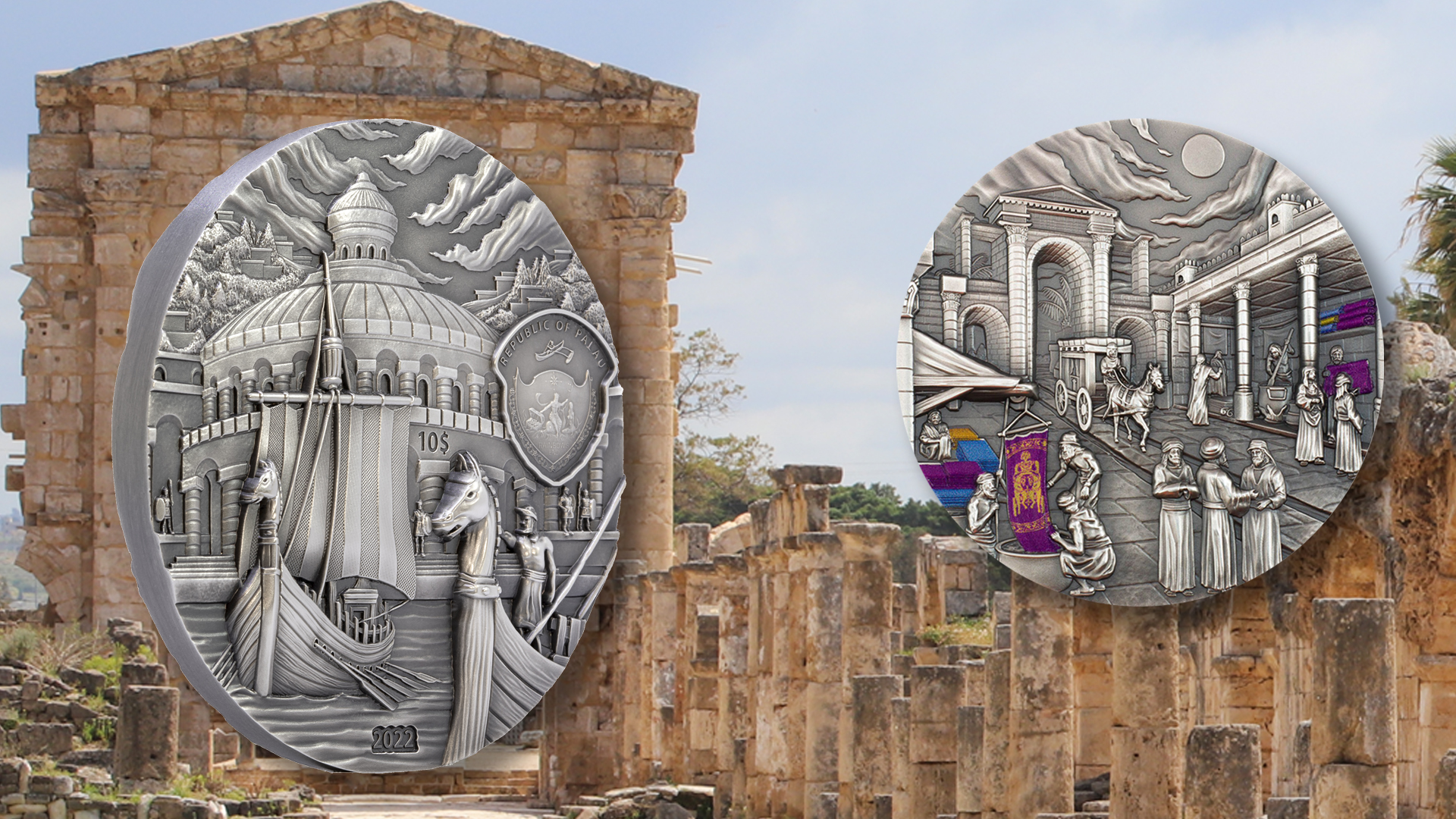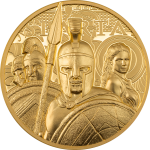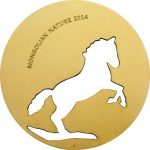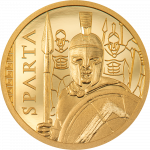Palau – 10 Dollars – 2022 – Phoenicia & Carthage / Lost Civilizations
€ 329.95
In stock / on backorder
| Issuing Country | Palau |
| Year of Issue | 2022 |
| Face Value | 10 Dollars |
| Metal | Silver |
| Fineness (purity) | 999/1000 |
| Weight | 2 oz |
| Diameter | 45 mm |
| Quality | Antique finish |
| Mintage | 555 pcs. |
| Scope of Delivery | Box Certificate |
| Special features | Smartminting, antique finish and colouring |
Description
The ‘Phoenicia & Carthage’ coin is the second issue in the ‘Lost Civilization’ series. Even more detailed as the previous issue this civilization comes back to life using the enhanced Smartminting©️ technology on two sides. The coin has an antique finish and is struck on a 2 oz pure silver 45mm blank in the highest quality. It has a limited mintage of only 555 pcs worldwide and comes in a beautiful box with Certificate of Authenticity. This second edition will sure is a great item for history lovers.
Coin description
The obverse of the coin depicts the main street of Tyre, Phoenicia. With its iconic arch which is still standing today. Traders buying cloths and Phoenician’s producing the expensive Tyrian purple. It’s the daily life back in the day.
The reverse side of the coin depicts two Phoenician ships with Carthage harbour in the background. Also the Coat of Arms of Palau and the inscriptions: “REPUBLIC OF PALAU” (the issuing country), “2022” (the year of issue) and “10$” (the face value) can be found on this side.
Background information
Phoenicia used to be a mighty civilization mostly located in current day Lebanon. It was prominent during the era of classical antiquity, established in roughly 2500 BC. Some of the more notable cities were Tyre, Byblos, and Sidon. The Phoenicians were also renowned for their trade and trade routes around the Mediterranean, creating many colonial settlements like Carthage.
During the Phoenician reign, their prowess for trade was also visible in their mastery in the arts of ancient maritime shipbuilding and navigation. Their boats wore sails dyed in the colour, Tyrian purple. Tyrian purple, which is also known as Phoenician purple or imperial purple, was a very difficult pigment to acquire. Produced by extracting mucous secretion from sea snails. This made Tyrian purple the signature colour of the ancient Phoenician civilization. In the current day Tyrian purple is often associated with royalty and is one of the rarest dyes to come by.

